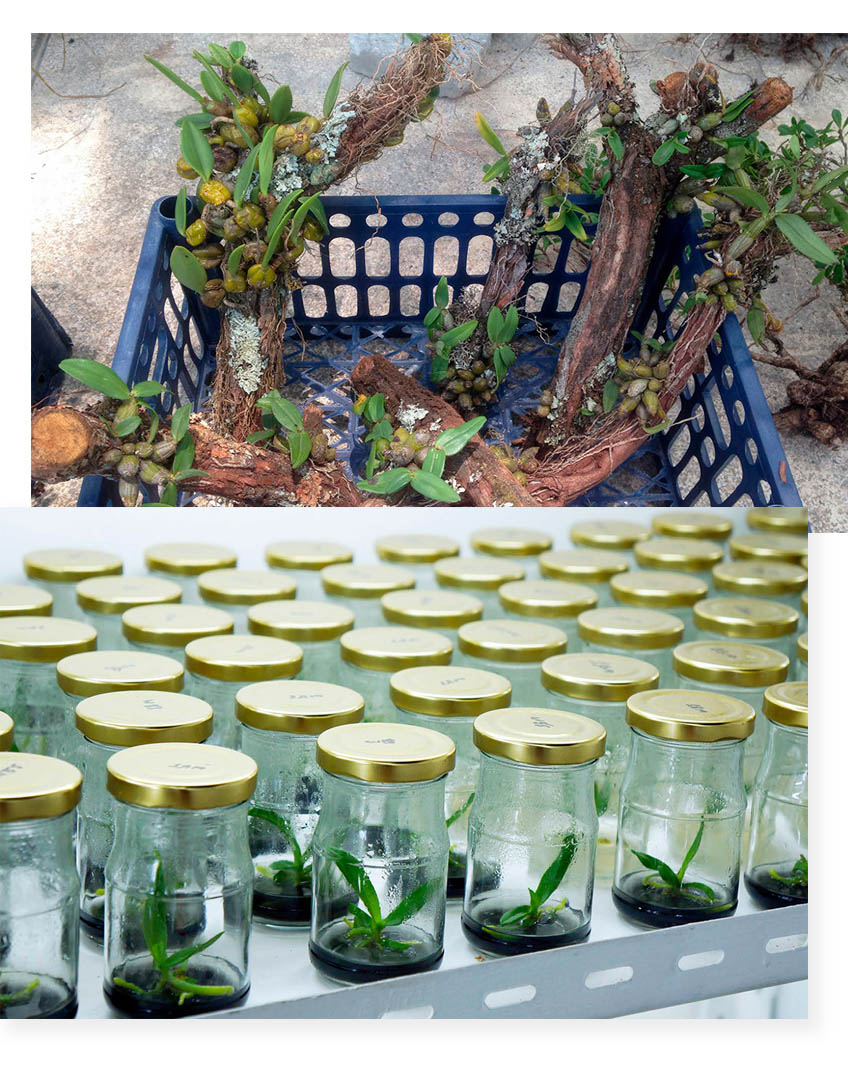0
You have 0 items in your cart
While media attention focuses on charismatic endangered animals like tigers and rhinos, the world’s most endangered group of organisms grows silently in forests and grasslands, largely unnoticed. Orchids account for over half of all plant species on the IUCN Red List of threatened species, yet their disappearance rarely makes headlines.
A Global Crisis with Regional Patterns
The exploitation of wild orchids is a worldwide phenomenon affecting tropical regions across multiple continents. My research has focused particularly on Myanmar (Burma) and Southeast Asia, but similar patterns emerge in Latin America, Africa, and Madagascar, where collection pressures threaten local endemic species.
In 2010, a remarkable new slipper orchid, Paphiopedilum canhii, was discovered in north Vietnam. Within just six months, it was completely extirpated from every known wild location. Local collectors harvested plants by the kilogram, selling them cheaply to dealers who then marketed individual plants for hundreds of dollars. The habitat remains intact—but utterly stripped of its botanical treasures. Almost all those that could be traced ended up on the black market in neighbouring countries, with some going further afield.

This pattern repeats globally. In Madagascar, rare Angraecum species face collection pressure for international markets. In Mexico and Central America, prized species like Laelia speciosa and Guarianthe skinneri are systematically removed from forests for both domestic and international trade.
Complex Economic Realities
The relationship between wild orchid collection and local economies presents complex challenges for conservation. While collection does provide income in some communities with limited economic options, historical and contemporary evidence suggests this practice is neither traditional nor sustainable. In many cases, the money earned from this trade is so little that it does not improve the livelihoods of local people.
My fieldwork in Myanmar (Burma) revealed that, after a lull starting with the outbreak of World War II, widespread collection began only around the 1980s, coinciding with increased regional demand for ornamental and medicinal orchids from neighbouring countries. Local people reported that many orchid species that were common twenty years ago are now exceedingly rare or locally extinct.
Similar timelines of dramatic population collapses have been reported in other regions, suggesting that intensive wild collection often represents a recent economic activity rather than a traditional practice essential to community livelihoods.
The Failure of Current Conservation Approaches
Despite decades of effort, current conservation initiatives have largely failed to stem the tide of wild orchid collection. The Convention on International Trade in Endangered Species (CITES) lists all orchid species on its appendices, making international trade without proper permits illegal. Yet enforcement remains weak, documentation is easily falsified, and the vast majority of wild collection goes undetected.
Similarly, artificial propagation initiatives have shown limited success in reducing collection pressure. While commercial propagation has made many orchids widely available, the rarest species—those most threatened by collection—sometimes remain difficult. It is also a sad fact that it is often more expensive to artificially propagate an orchid to flowering size – an effort which typically takes around 5 years – than to sell wild collected specimens. The moment a new species is discovered, collection typically outpaces any conservation effort or propagation initiative. There is also an active demand among some collectors for wild plants as opposed to cultivated ones.
This reality creates a sobering picture: despite knowing how to protect orchids in theory, practical implementation has fallen short. The economic incentives for wild collection remain too strong, enforcement too weak, and alternative livelihood options too limited in many regions.
Beyond Habitat Loss
While habitat destruction remains a significant threat to orchids globally, the case of Paphiopedilum canhii and other orchids demonstrates that collection alone can drive species to extinction even when habitats remain intact. For particularly rare or newly discovered species, collection pressure can eliminate wild populations in months.
This dynamic plays out across tropical regions, where orchid diversity is highest. Even in protected areas, valuable species face relentless collection pressure, often facilitated by local knowledge of plant locations and limited enforcement resources.
The crisis demands new approaches that address the uncomfortable reality that current conservation measures are failing. This may require rethinking how we value biodiversity, stronger international cooperation, and direct engagement with the market forces driving wild collection.
As you explore our “Orchid Obsession” exhibit at Chelsea Flower Show, consider how these complex challenges connect to the historical exploitation patterns highlighted throughout the display. The silent extinction crisis facing orchids represents not just a conservation challenge but a test of our commitment to preserving Earth’s botanical diversity for future generations.